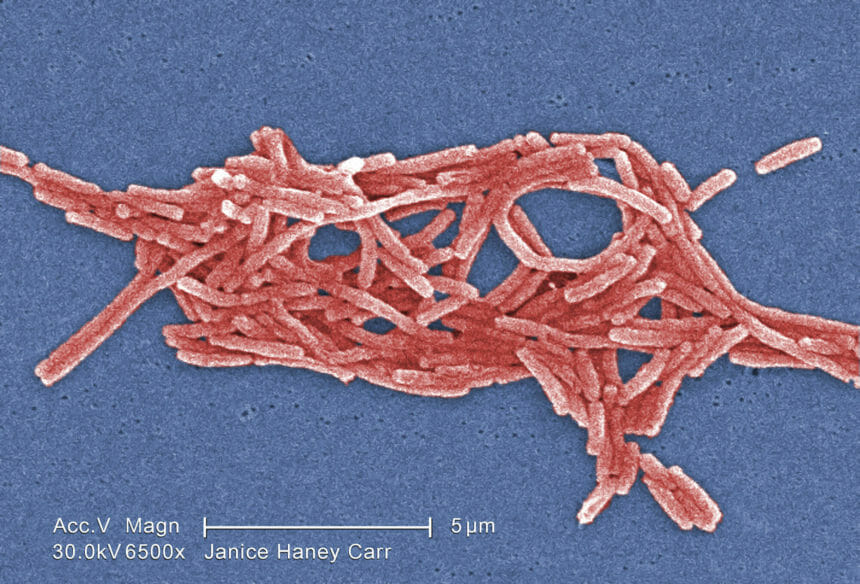
An Illinois continuing care retirement community where 12 cases of Legionnaires’ disease have been confirmed has been taking “proactive measures” and working closely with county and state health officials to try to determine a source and prevent additional cases.
Amanda Gosnell, executive director of Covenant Living at the Holmstad, Batavia, IL, said the community first reported the presence of Legionella bacteria on Aug. 30 and that the number of cases had grown to 12 by Sept. 11.
“We have been keeping all of our residents and employees informed, and on the recommendation from the state, maintain regular operations,” she said. “As we continue to partner with [the Illinois Department of Public Health] in the investigation of the campus to search for any other risk points, we are pursuing all possible interventions to protect resident and employee safety and wellbeing.”
Steps, Gosnell said, include:
- Adding microbial filters to the showerheads in the healthcare area.
- Flushing all water fixtures biweekly in every apartment and common space on campus.
- Conducting thorough chemical and mechanical cleaning of the cooling tower.
- Undertaking a method of potable water disinfection called hyperchlorination, deploying high doses of chlorine for a short period of time. “Chlorine is routinely used in almost all water systems to provide disinfection,” Gosnell said. “Our water management consultant has recommended this approach as an effective precautionary measure.”
In addition to the 12 cases at Covenant Living at the Holmstad, two cases in the general community were reported to health officials late Sept. 12.
“With the identification of two community cases, IDPH has taken additional samples of potential sources at the Covenant campus and within a one-mile radius in the area,” the state department said. Local and state health officials also are working with the Centers for Disease Control and Prevention.
According to health officials, people can get the lung infection by breathing in small droplets of water containing Legionella bacteria. Outbreaks most commonly are associated with buildings or structures that have complex water systems, such as long-term care facilities, hospitals, hotels and cruise ships. The bacterium can become a health concern when it grows and spreads in human-made water systems, such as hot tubs, cooling towers, hot water tanks, large plumbing systems and decorative fountains.
Most healthy people do not get Legionnaires’ disease after being exposed to Legionella bacteria, but some people are at increased risk, including those aged 50 or more years and those who have chronic diseases or weakened immune systems.
See additional information on the CDC website.



